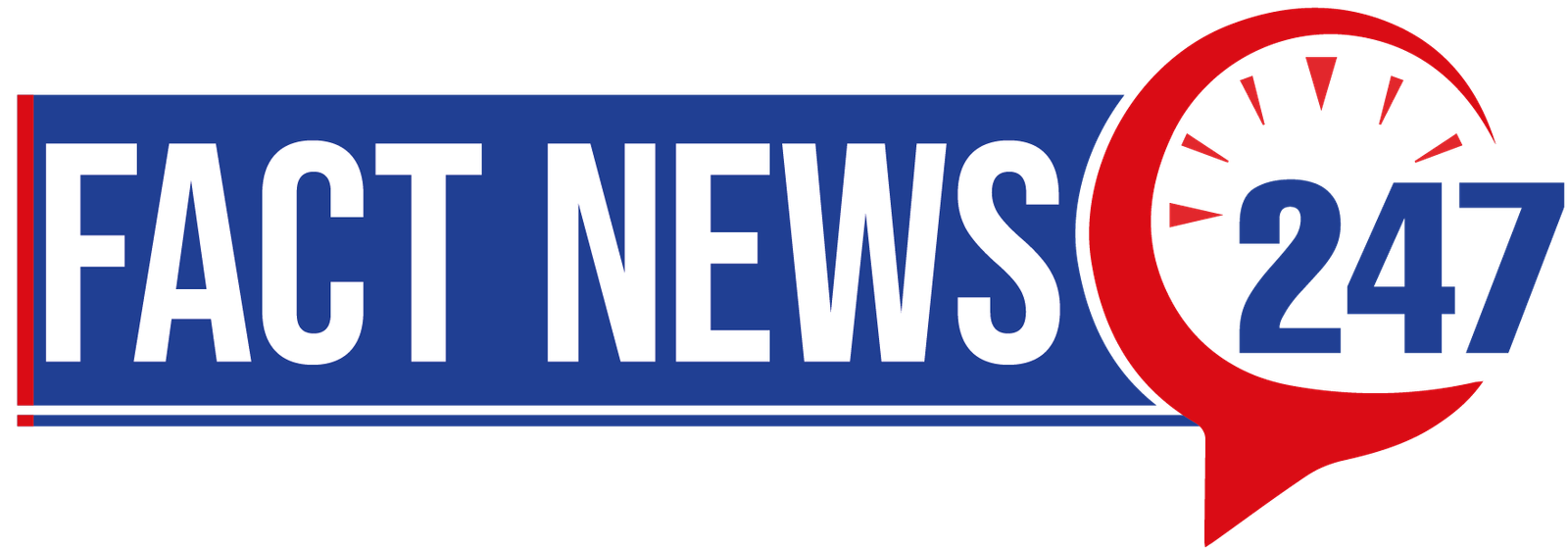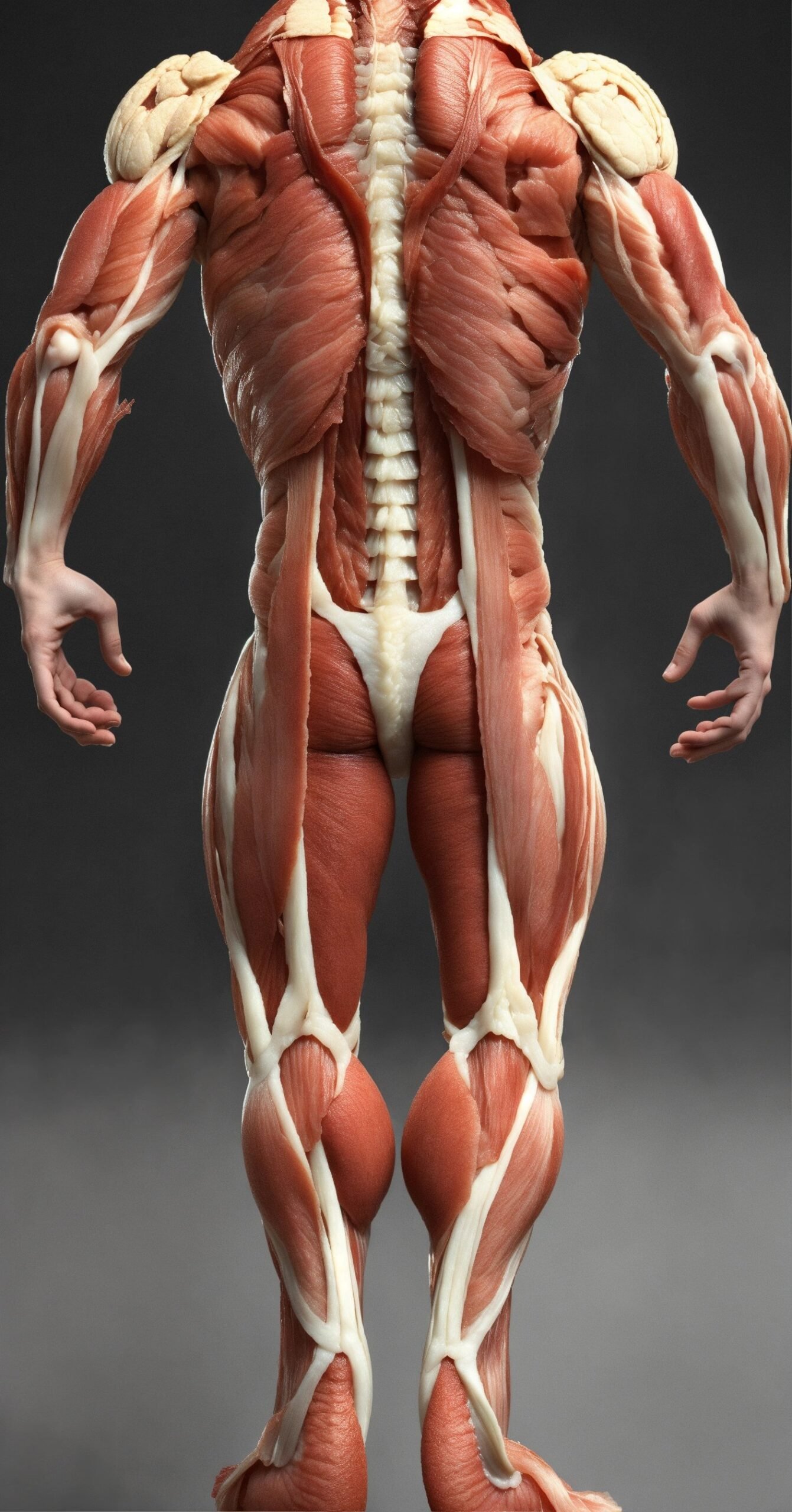 Lower back pain is a common issue that affects millions of people worldwide. Whether caused by a sedentary lifestyle, poor posture, or intense physical activity, knowing how to stretch lower back muscles can provide much-needed relief. Stretching not only helps alleviate discomfort but also improves flexibility and overall well-being, making it an essential part of any wellness routine.
Lower back pain is a common issue that affects millions of people worldwide. Whether caused by a sedentary lifestyle, poor posture, or intense physical activity, knowing how to stretch lower back muscles can provide much-needed relief. Stretching not only helps alleviate discomfort but also improves flexibility and overall well-being, making it an essential part of any wellness routine.
This article explores seven effective techniques to stretch the lower back, offering a comprehensive guide for those seeking pain relief and improved mobility. From simple seated stretches to more advanced poses, these methods cater to various fitness levels and preferences. Readers will learn about the benefits of each stretch, proper form, and tips to get the most out of their stretching routine. By incorporating these lower back stretches into their daily lives, individuals can take steps to enhance their physical health and reduce the risk of future back problems.
Also Read: How Long Does Mounjaro Side Effects Last
Understanding Lower Back Tightness
How to Stretch Lower Back: Common Causes
Lower back tightness can stem from various sources. Injuries, such as those from car accidents, falls, or sports, often lead to pain and tightness. Other common causes include herniated disks, radiculopathy, sprains, strains, and skeletal abnormalities like scoliosis. Conditions such as sciatica, spinal stenosis, and spondylolisthesis can also contribute to lower back issues. Poor posture, especially during prolonged sitting, and arthritis are additional factors that can result in tightness and discomfort. Some individuals also find relief from this tightness through treatments like CBD patches, which may help alleviate pain and reduce inflammation in the affected areas.
How to Stretch Lower Back: Importance of Stretching
Stretching has a significant impact on lower back health. It relaxes and lengthens spinal muscles, increases circulation, and can bring substantial improvement to aches and pains. Stretching warms up muscles, helping to prevent injury, and can strengthen weak muscles, which aids in pain relief. It also minimizes back spasms and stiffness. Regular stretching enhances flexibility, reducing the likelihood of sprains and strains. However, it’s crucial to stretch gently and gradually, without bouncing, to avoid tissue injury.
How to Stretch Lower Back: When to See a Doctor
While most lower back problems resolve without medical attention, persistent pain lasting more than two weeks warrants a doctor’s visit. Immediate medical care is necessary if back pain is accompanied by fever, follows trauma, or causes loss of bladder or bowel control. Unexplained weight loss or loss of strength in arms and legs with back pain also requires urgent attention. For severe or ongoing pain, especially if accompanied by numbness or tingling in the limbs, consulting a back specialist is advisable. Additionally, some people find relief from chronic back pain by using treatments like CBD patches, which may help reduce discomfort and inflammation.”
7 Effective Lower Back Stretches
How to Stretch Lower Back: Knee-to-Chest Stretch
Lie on your back with knees bent and feet flat. Gently raise one bent knee, grasping your lower leg with both hands. Pull the knee toward your trunk, holding for a few seconds. Repeat 10-15 times on each side.
How to Stretch Lower Back: Cat-Cow Pose
Start on hands and knees in a tabletop position. Inhale, dipping your back and lifting your chest. Exhale, rounding your spine and tucking your chin. Repeat 10-20 times, flowing between positions.
How to Stretch Lower Back: Pelvic Tilt
Lie on your back with knees bent and feet flat. Engage your abdominals, tilting your tailbone upward to close the space between your lower back and the floor. Hold briefly, then release. Perform 5-10 repetitions.
How to Stretch Lower Back: Seated Forward Bend
Sit with legs extended. Bend forward from the hips, reaching for your feet. Keep your back straight and chest open. Hold the stretch, focusing on lengthening your spine and relaxing your muscles.
How to Stretch Lower Back: Supine Twist
Lie on your back, knees bent. Cross one knee over the other, letting both knees fall to one side. Extend your arms out to the sides, looking in the opposite direction of your knees. Hold, then repeat on the other side. For added relief, consider applying full spectrum CBD oil to your lower back before or after the stretch to help ease muscle tension and promote relaxation.
How to Stretch Lower Back: Child’s Pose
Kneel on the floor, sitting back on your heels. Extend your arms forward, lowering your chest toward the ground. Rest your forehead on the floor, feeling the stretch in your lower back and hips.
How to Stretch Lower Back: Standing Forward Bend
Stand with feet hip-width apart. Hinge at the hips, bending forward and reaching for the floor. Keep your knees slightly bent if needed. Let your head hang, relaxing your neck and shoulders.
Conclusion
The seven stretching techniques presented offer a comprehensive approach to alleviate lower back discomfort and enhance flexibility. By incorporating these exercises into a daily routine, individuals can take proactive steps to improve their spinal health and overall well-being. Regular practice of these stretches has the potential to reduce pain, increase mobility, and prevent future back issues.
While these stretches can be beneficial, it’s crucial to listen to your body and proceed with caution. If any stretch causes pain or discomfort, it’s best to stop and consult a healthcare professional. Remember, consistency is key to seeing long-term improvements in lower back health. By making these stretches a regular part of your routine, you’re investing in a healthier, more flexible future for your spine.
Also Read: How Long Does Mounjaro Side Effects Last
FAQs
1. What is an effective method to stretch the lower back?
To effectively stretch your lower back, try this flexibility exercise: Lie on your back with your knees bent and feet flat on the floor. Tighten your abdominal muscles to lift your lower back slightly off the floor. Hold this position for five seconds before relaxing. Next, flatten your back against the floor by pulling your bellybutton towards it.
2. How can you relieve a lower back stretch?
To relieve a lower back stretch, consider these nine exercises: hip circles, windshield wipers, knees to chest, reclining single-leg stretch, pelvic tilts, Cat-Cow, Child’s Pose, and Legs-Up-the-Wall.
3. What is the most effective exercise for alleviating lower back pain?
The Single Knee Hug is highly effective for lower back pain. Lie on your back with legs extended, then bend one knee and bring it towards your chest. Grasp your shin or thigh gently and hold the position for 15-30 seconds, ensuring you maintain relaxed breathing to feel a gentle stretch in your lower back and hip.
4. What is a secret stretch that helps alleviate back pain?
A beneficial stretch for back pain is the knee to chest stretch. Lie on your back, lift one leg, and wrap your hands around your knee. Gently pull your knee toward your chest, ensuring your abs are engaged and your spine is pressed against the floor. Hold for five seconds, then release and repeat with the other leg.



























[…] Read More About: How To Stretch Lower Back […]
[…] Click Here to Understand About: How To Stretch Lower Back […]